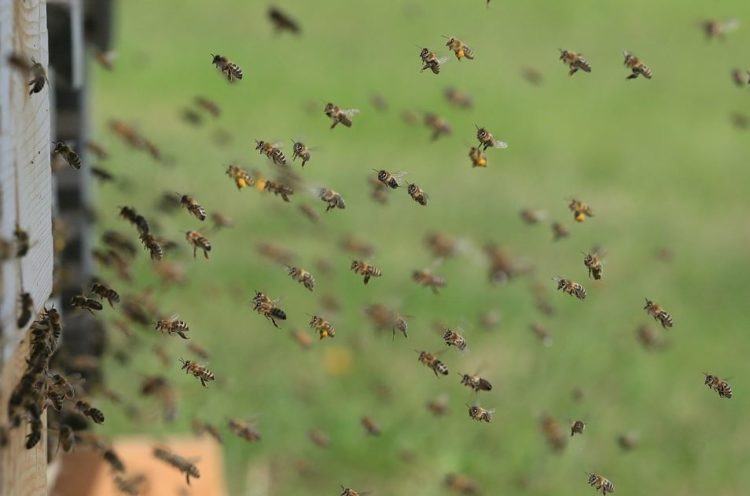
An insect nest on your property carries the potential for serious hazard, both for your family and for your home. If you’ve noticed an active stinging insect nest on your property, here are five tips you should follow for safe removal.
1. Leave it Alone
In certain circumstances, the best course of action is to leave the nest alone, particularly if it is located on your property but away from the house. Certain stinging insects, particularly honeybees and paper wasps, are an important part of the ecosystem and should be preserved. These species are often less aggressive and pose little harm to humans. If you have a bees’ nest that you want to remove, contact a local beekeeper, who may relocate it for little or no charge.
2. Work Quickly
A wasp or hornet nest should be removed as soon as you notice it, ideally in the early spring. That’s because the queen may not have had a chance to lay eggs yet, so you’ll likely only have a few wasps to deal with instead of hundreds.
3. Protect Yourself
Before approaching the nest, protect yourself from stings by dressing in long jeans, socks, boots, a hooded sweatshirt, and work gloves. Shield your eyes from injury with goggles and wrap the lower half of your face with a scarf.
4. Apply Insecticide
Once you’ve donned your protective clothing, approach the nest at night, when wasps are less aggressive. Use a red or amber-colored flashlight, since a standard light will attract the wasps. Always apply pesticides based on manufacturer instructions. Because these poisons are very strong, never use them when children or pets are present. Before spraying, clear a path where you can take cover if the wasps swarm toward you.
5. Dispose of the Nest
As the pesticide works over the next few days, you’ll begin to notice dead wasps around the area of the nest. Once activity ceases, use a long stick to knock the nest from its perch. Dispose of any dead wasps, then cut the nest into pieces and saturate the pieces with insecticide before throwing them away.
If you are allergic to wasp or bee stings or have small children or pets, always contact a professional pest control service for insect nest removal. An exterminator can also be of assistance if the nest is in a hard-to-reach area, such as inside the wall or high in the eaves of your home.


Comments
Loading…